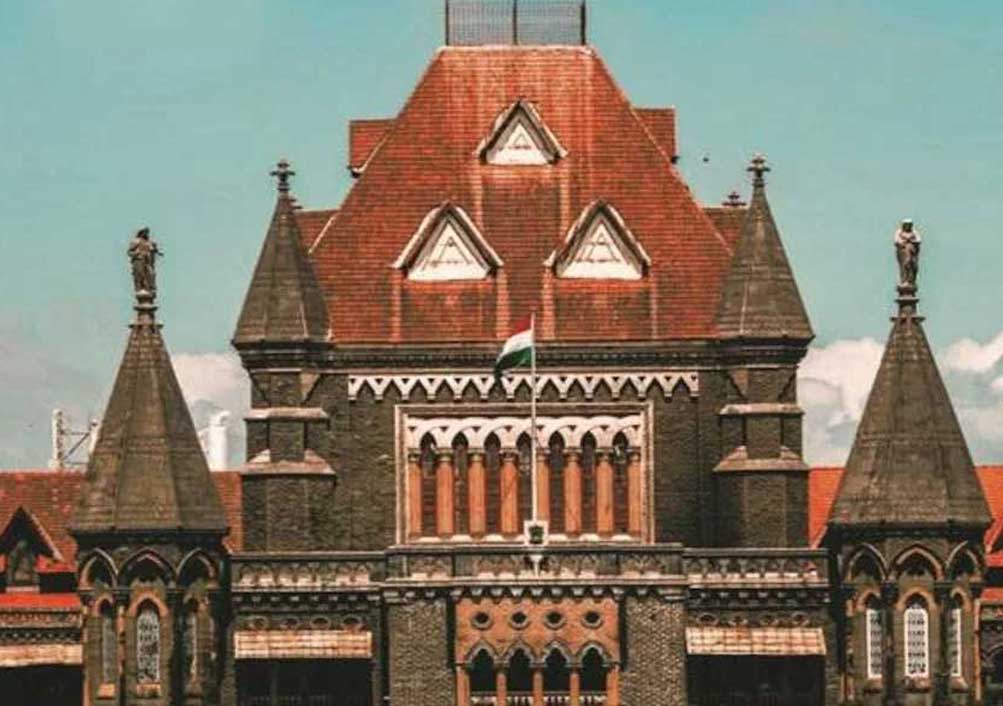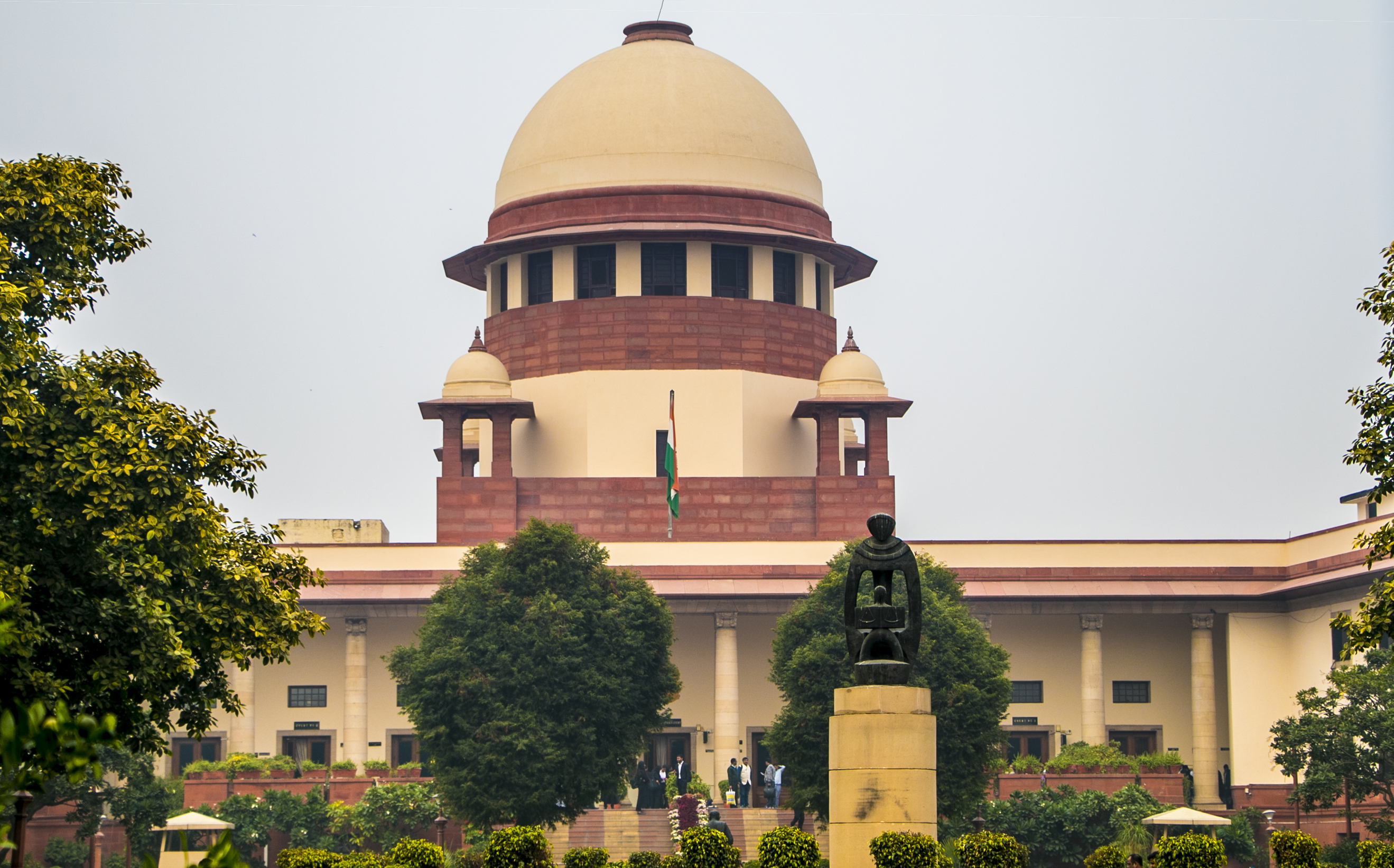IN CA 355 OF 2016- BOM HC- Bombay High Court acquits in-laws, husband sentenced to life imprisonment for burning woman alive after assessing veracity and reliability of dying declaration
Justices Vibha Kankanwadi & Abhay S. Waghwase [14-06-2023]

Read More: Shahrukh Salim Pathan v. State of Maharashtra
Simran Singh
New Delhi, June 19, 2023: Courts must carefully assess the veracity and reliability of dying declarations considering the inconsistencies and doubts surrounding them, the Bombay High Court has held while acquitting the in-laws and husband of a woman who had died after suffering burn injuries, who were convicted to imprisonment for life for offences under Section 302 read with Section 34 of the Indian Penal Code,1860 (IPC). The High Court also held that the Courts must evaluate the other evidence presented by the prosecution, such as medical testimony and corroborative evidence, to determine the guilt or innocence of the accused.
In the matter at hand, the scrutiny revolved around the alleged murder of a woman, the deceased, who suffered severe burn injuries and subsequently succumbed to them. The prosecution charged three individuals -- the deceased’s husband, mother-in-law, and sister-in-law -- with the offence of murder. They were convicted by the District Judge - 1 and Additional Session Judge under the provisions of IPC and were awarded imprisonment for life and a fine of Rs.20,000/- each, in default of which were to suffer further rigorous imprisonment for 1 year.
It was the case of the prosecution that the deceased was subjected to continuous harassment and abuse by her husband and in-laws. It was alleged that on the fateful day, a heated argument erupted between the deceased and her husband, which escalated into a physical altercation. The prosecution claimed that the sister in law, in a fit of rage, poured kerosene on the deceased while mother-in-law
caught-hold of her in presence of husband who was instigating and abusing her. Sister-in-law ignited the matchstick and set her on fire. The brother-in-law rushed to her rescue and extinguished the fire and thereafter, husband took her to the hospital.
Two dying declarations form a significant part of the prosecution’s evidence. The first dying declaration was recorded approximately 12 hours after the incident by Special Executive Magistrate at the Civil Hospital which was a brief account of the events, presented in a question-and-answer format. The second dying declaration was recorded 2 days later by a police official which provided for a more detailed narrative of the events leading to the burns suffered by the deceased.
On one hand prosecution claimed that both dying declarations were consistent but on the contrary the accused-appellants averred that both dying declarations were inconsistent, tutored and therefore unsafe to rely. The accused-appellants further stated that the deceased had suffered accidental burns while cooking i.e. on account of stove explosion and to support such defence even witnesses had been examined by the accused.
The Court while relying on State of Uttar Pradesh v. Veerpal threw some light on the settled law on the aspect of evidentiary value of dying declaration and manner of its appreciation which was as follows:
“1) It cannot be laid down as an absolute rule of law that a dying declaration cannot form the sole basis of conviction unless it is corroborated;
(2) Each case must be determined on its own facts keeping in view the circumstances in which the dying declaration was made;
(3) It cannot be laid down as a general proposition that a dying declaration is a weaker kind of evidence than other pieces of evidence;
(4) A dying declaration stands on the same footing as another piece of evidence and has to be judged in the light of surrounding circumstances and with reference to the principles governing the weighing of evidence;
(5) A dying declaration which has been recorded by a competent Magistrate in the proper manner, that is to say, in the form of questions and answers, and, as far as practicable, in the words of the maker of the declaration, stands on a much higher footing than a dying declaration which depends upon oral testimony which may suffer from all the infirmities of human memory and human character : and
6) In order to test the reliability of a dying declaration, the court has to keep in view, the circumstances like the opportunity of the dying man for observation, for example, whether there was sufficient light if the crime was committed at night; whether the capacity of the man to remember the facts stated, had not been impaired at the time he was making the statement, by circumstances beyond his control; that the statement has been consistent throughout if he had several opportunities of making a dying declaration apart from the official record of it; and that the statement had been made at the earliest opportunity and was not the result of tutoring by interested parties.”
The Bench noted that the first dying declaration taken by the Special Executive Magistrate was neither dated nor the thumb impression was authenticated by the Doctor who was present throughout the examination. Further, since both the hand thumbs of the deceased were burnt, he took a toe impression of the right leg of the deceased which remained to be unidentified.
The Bench further noted that the first dying declaration was brief and the second dying declaration was elaborative and detailed and that the relative of the deceased was present at the time of recording the second dying declaration who also signed as a witness. The Bench stated that this fortified the case of defence that at the time of recording dying declaration, the relative was around and therefore, possibility of tutoring could not be ruled out. It was thus held that there was a clear reason for the court to interfere with the same since it was not voluntary and was rather a tutored one.
“Therefore, in our opinion, in the light of above infirmities and distinct features noted as above emerging upon comparing both the dying declarations, in our view, the said dying declarations cannot be said to be consistent one or voluntary and truthful one.” Observed the the Court
The Bench further noted that except father of the deceased, no other relative was examined nor any immediate neighbour was examined by prosecution in support of their accusations. The Medical Officer who attended to her immediately as she was brought in to the Civil Hospital, flatly denied that the deceased was in fear.
The Court was of the view that the defence had succeeded in probabilising their case about accidental burns suffered by deceased while cooking. The Bench relied upon the statement given by the doctor that the deceased herself gave information about suffering accidental burns while cooking and his evidence had not been impeached. Resultantly on the strength of such evidence of the Medical Office and injury certificate issued by him which was rather recorded shortly after an hour or so after the occurrence, it was viewed that that the burn injuries were shown to be accidental one and not homicidal as alleged by the prosecution.
The Bench re-appreciated the evidence on record and took note of the patent infirmities which had surfaced i.e., history of the occurrence given at the time of admission in the Civil Hospital, was not brought on record, Bed Head Ticket containing details of line of treatment was also not finding place and there was no prompt reporting of M.L.C. to the Police Chowki situated in the campus of Civil Hospital. The Court was of the view that had the same been done, steps for recording dying declaration at the earliest could have been taken.
“Inspite of recording dying declaration Exh.29 at the Civil Hospital, Ahmednagar, PW7 Shashikant Govind Joshi, a Police official, has himself not made enquiry with deceased for the best reasons known to him. Equally, PW6 Akil Ganibhai Shaikh, father of deceased, inspite of claiming to have received oral dying declaration, surprisingly failed to report it immediately to Police. Therefore, the above discrepancies and shortfalls have rendered the case of prosecution weak.”
The Bench opined that while appreciating two dying declarations, the above salient features and discrepancies noted, the Trial Court had completely overlooked them. “Law on appreciation of dying declaration has not been correctly applied. Learned trial Judge has apparently failed to consider and appreciate the evidence of DW1 Dr.Chandrakant at Exh.60 and has thereby committed error in recording guilt. Therefore, we find it a fit case to interfere…”
In view thereof, the Criminal Appeal was allowed and the conviction awarded by the District Judge-1 and Additional Sessions Judge, for the offence punishable under Section 302 read with Section 34 of IPC was set aside and the accused-appellants stood acquitted
Sign up for our weekly newsletter to stay up to date on our product, events featured blog, special offer and all of the exciting things that take place here at Legitquest.




Add a Comment